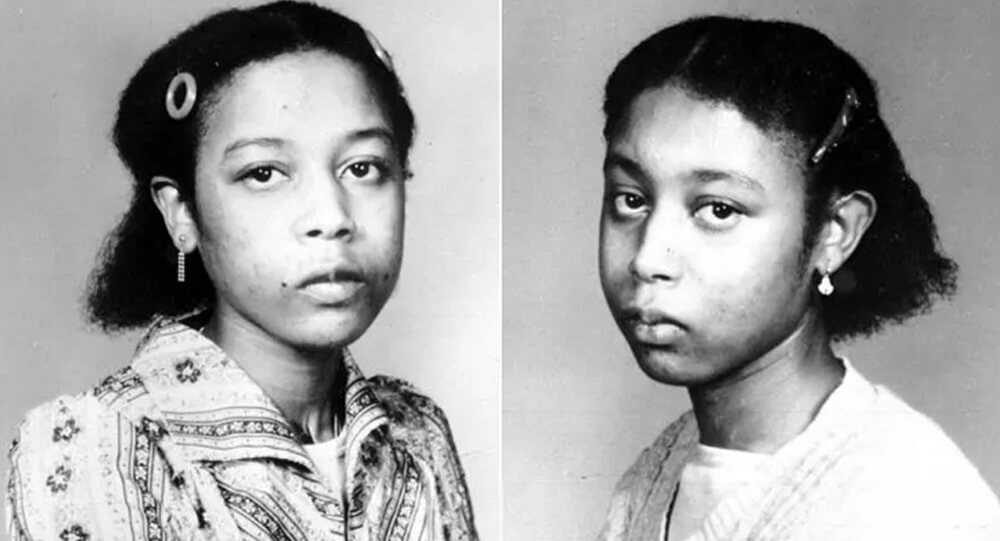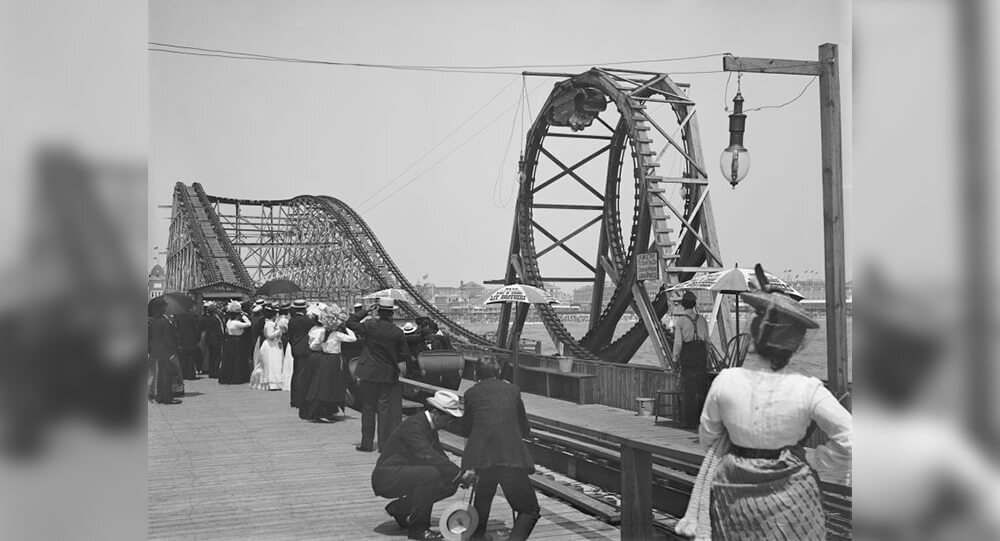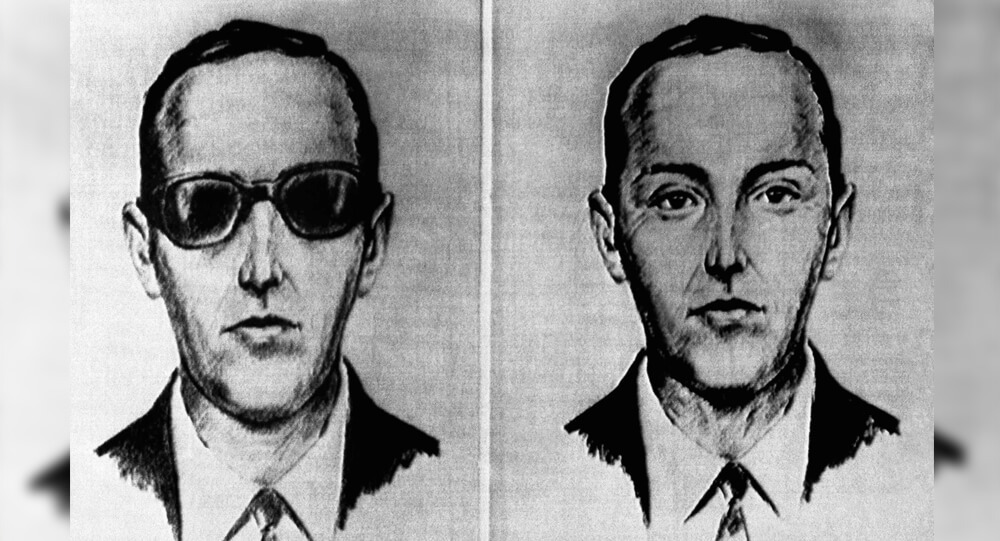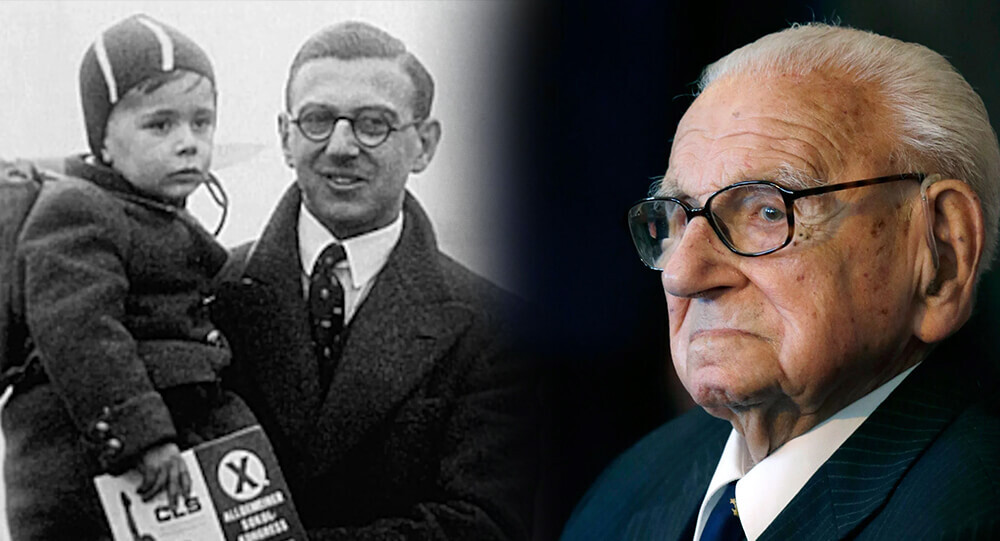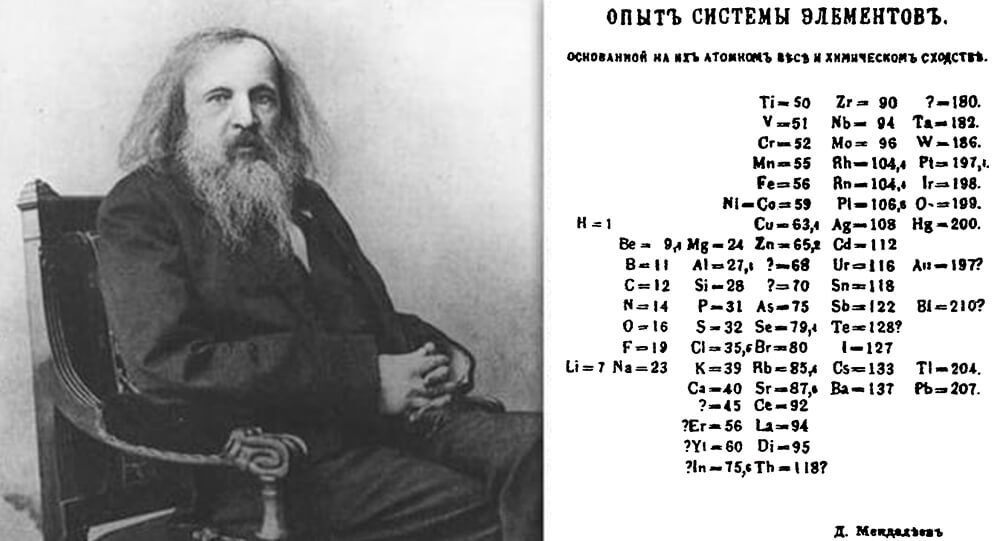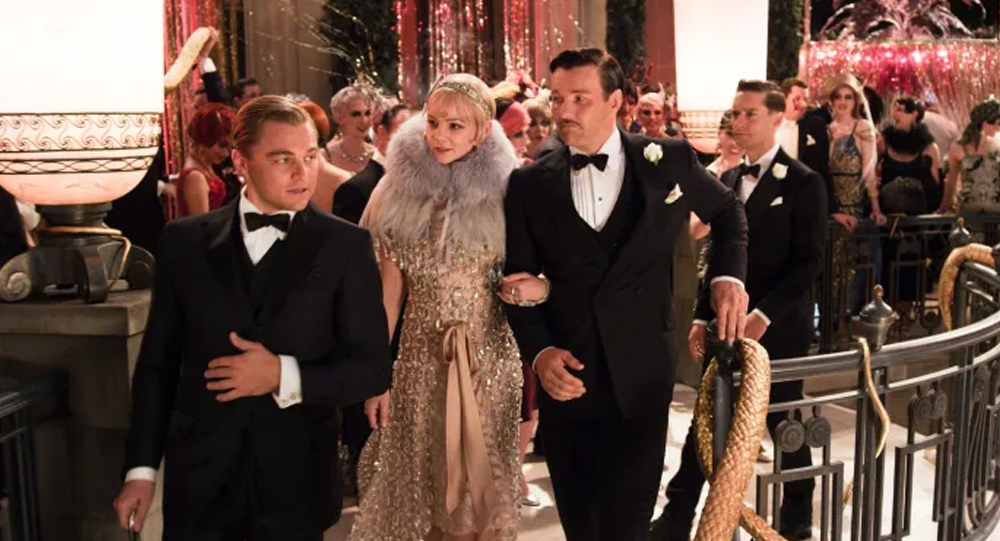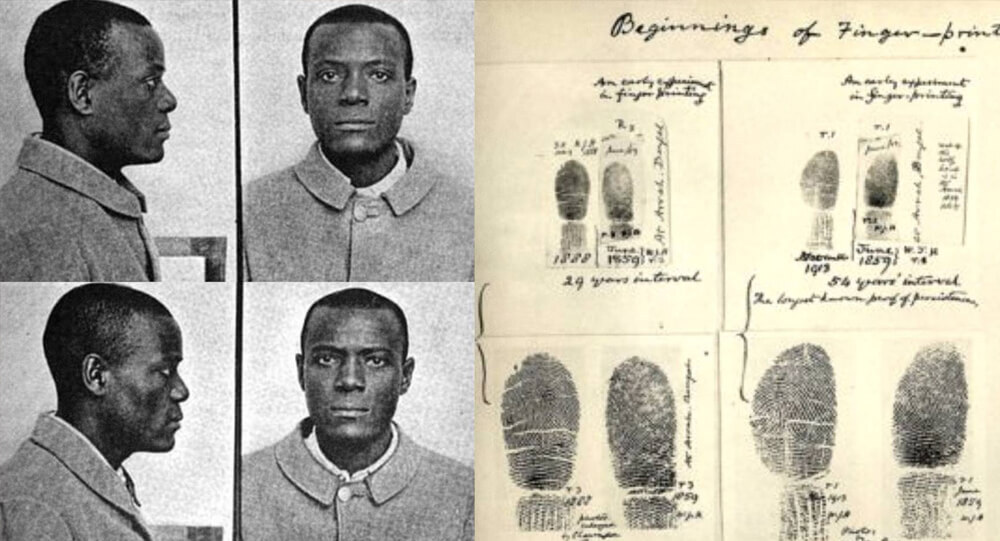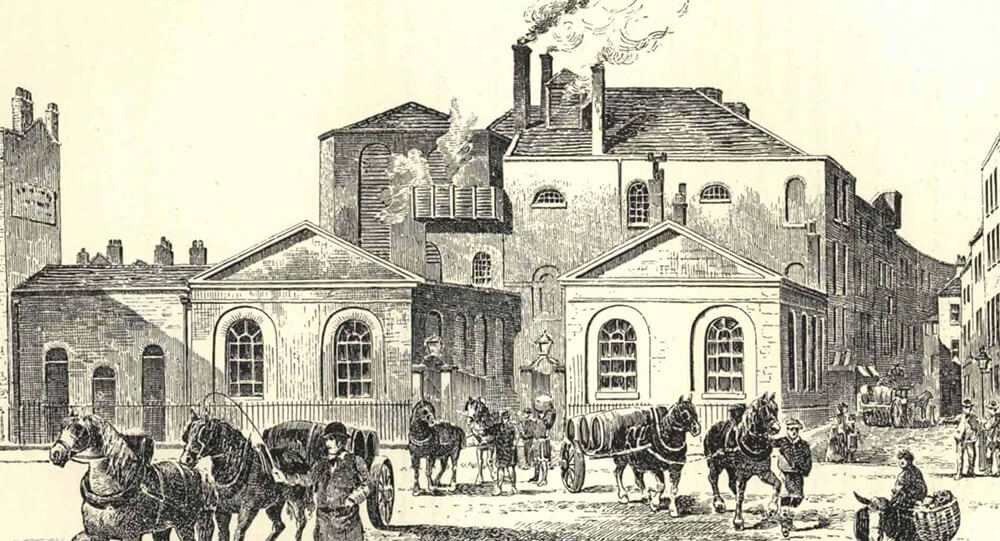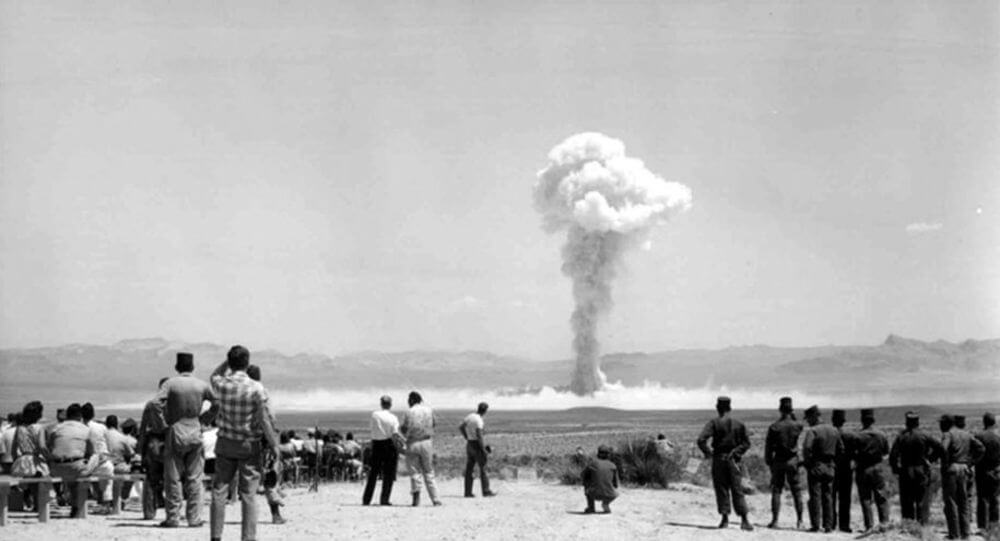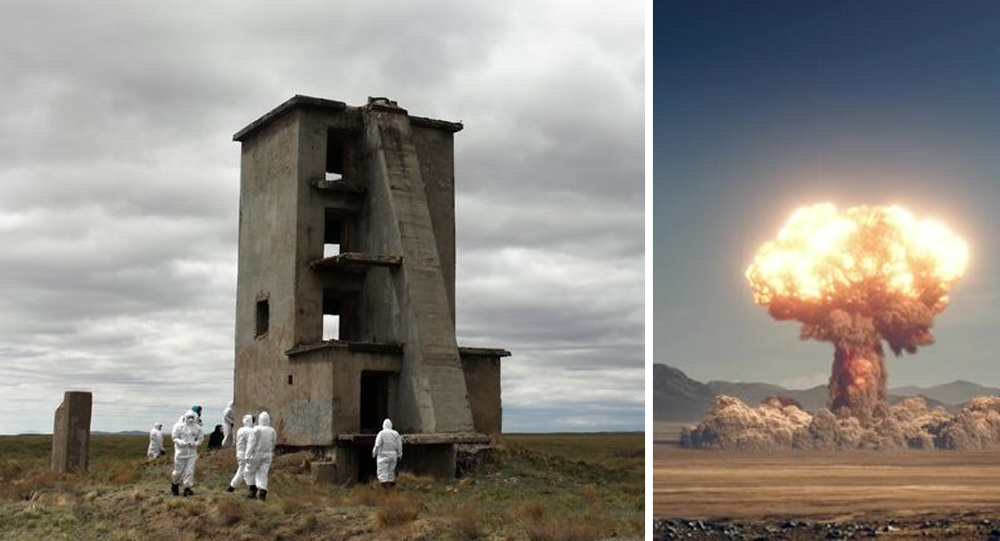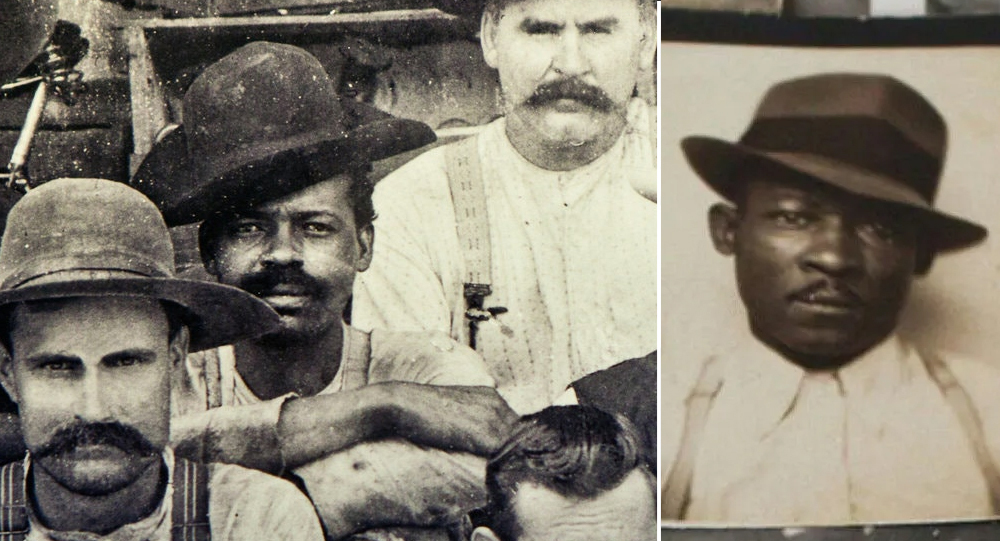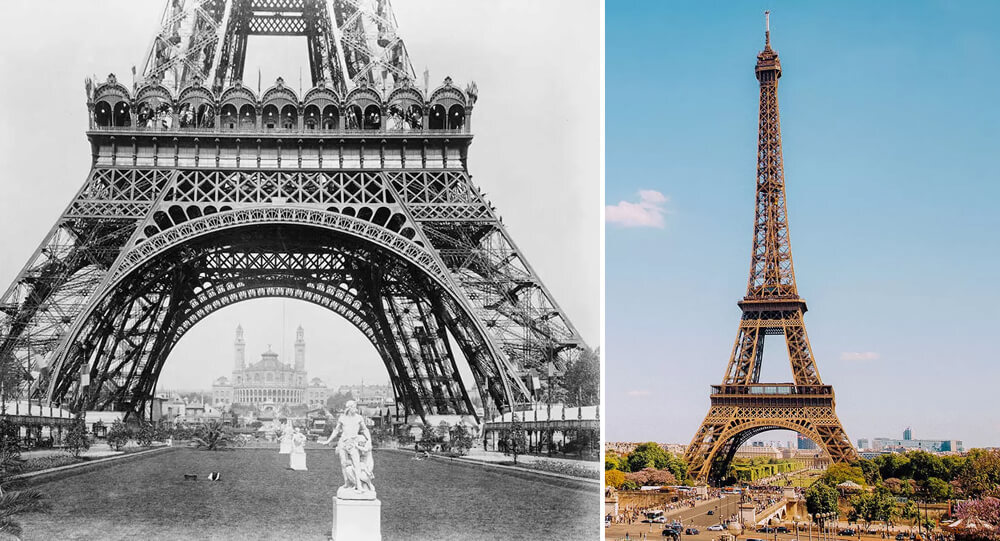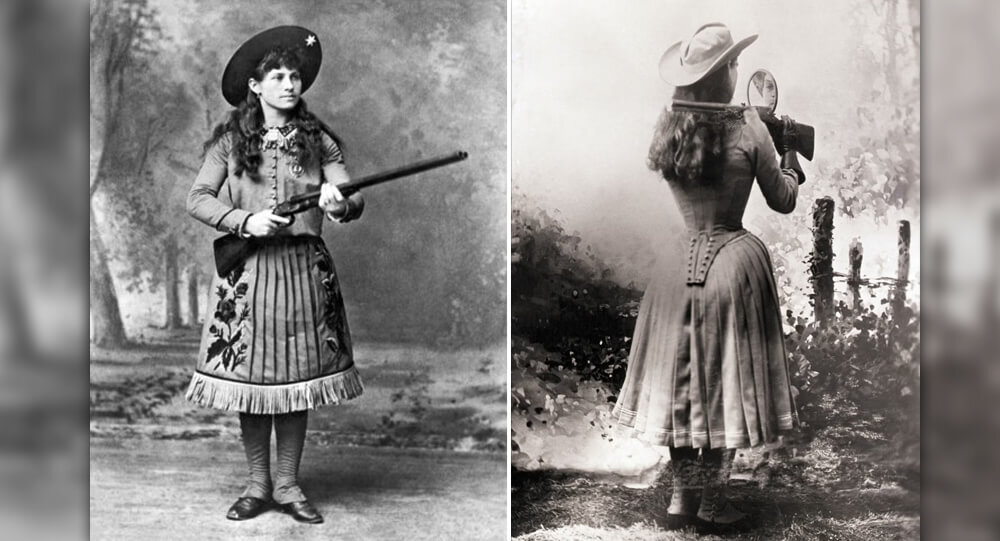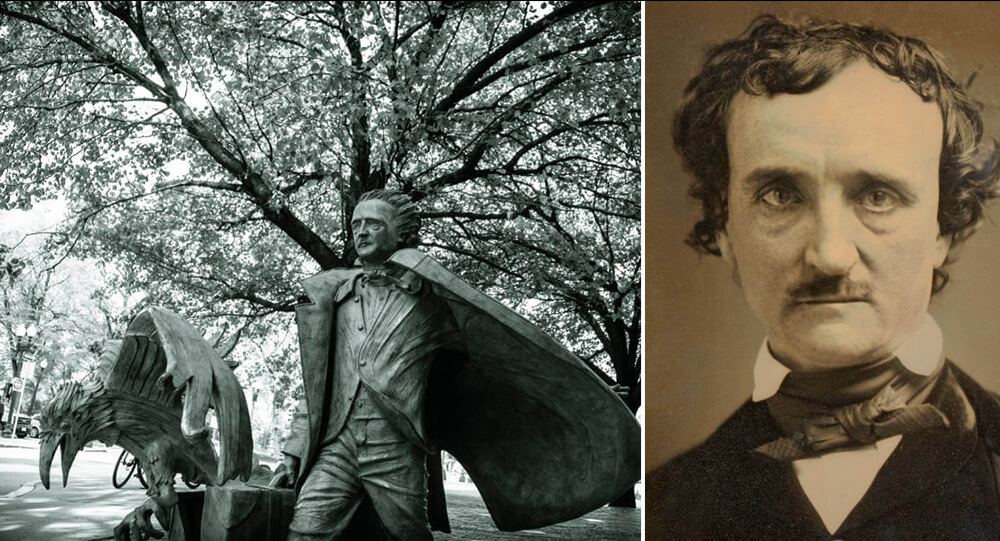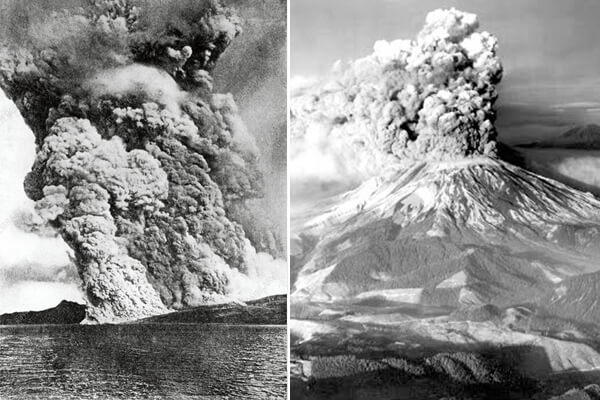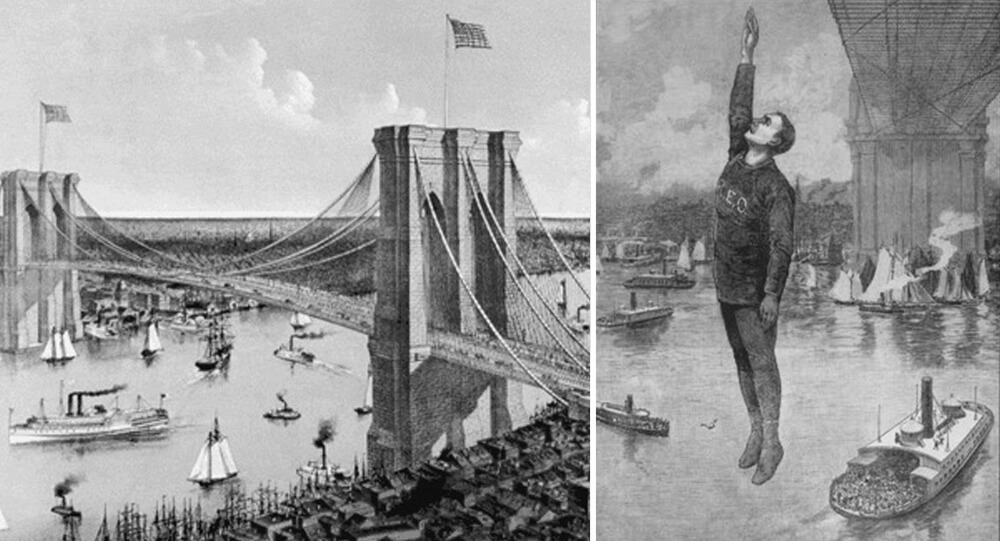
One of the most well-known bridges in the world is the Brooklyn Bridge. Connecting Manhattan and Brooklyn, it spans the East River. The bridge, which was the first steel-wire suspension bridge ever constructed when it was finished in 1883, once held the record for the world’s longest suspension bridge. It was referred to as one of the seven wonders of the industrial world and measured 5,899 feet in length and up to 276.5 feet above the water.
During the bridge’s construction, more than 20 men lost their lives. John Roebling, the bridge’s principal architect, was the first casualty, then more workers. Over 20,000 people were on the bridge a week after the opening ceremony when there was a rumor going around that it might collapse. Twelve people died as the panic spread; they were trampled underfoot by the enormous crowd.
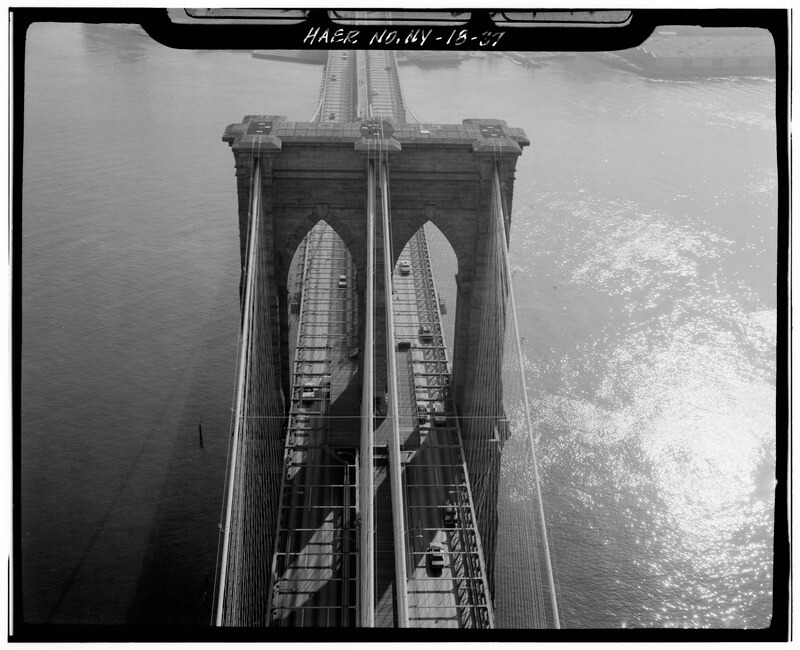
None of this, however, comes close to the number of people who have killed themselves by jumping off the Brooklyn Bridge. Unofficially, there had been more than 1,300 suicides by 2003. There are rumors that someone perishes in the East River every fifteen days. Engineering challenges prevented the idea of building a suicide barrier from being implemented.
Robert Emmet Odlum was the first person to jump off the Brooklyn Bridge. Robert simply wanted to demonstrate that one does not perish by falling through the air. He had no intention of killing himself.
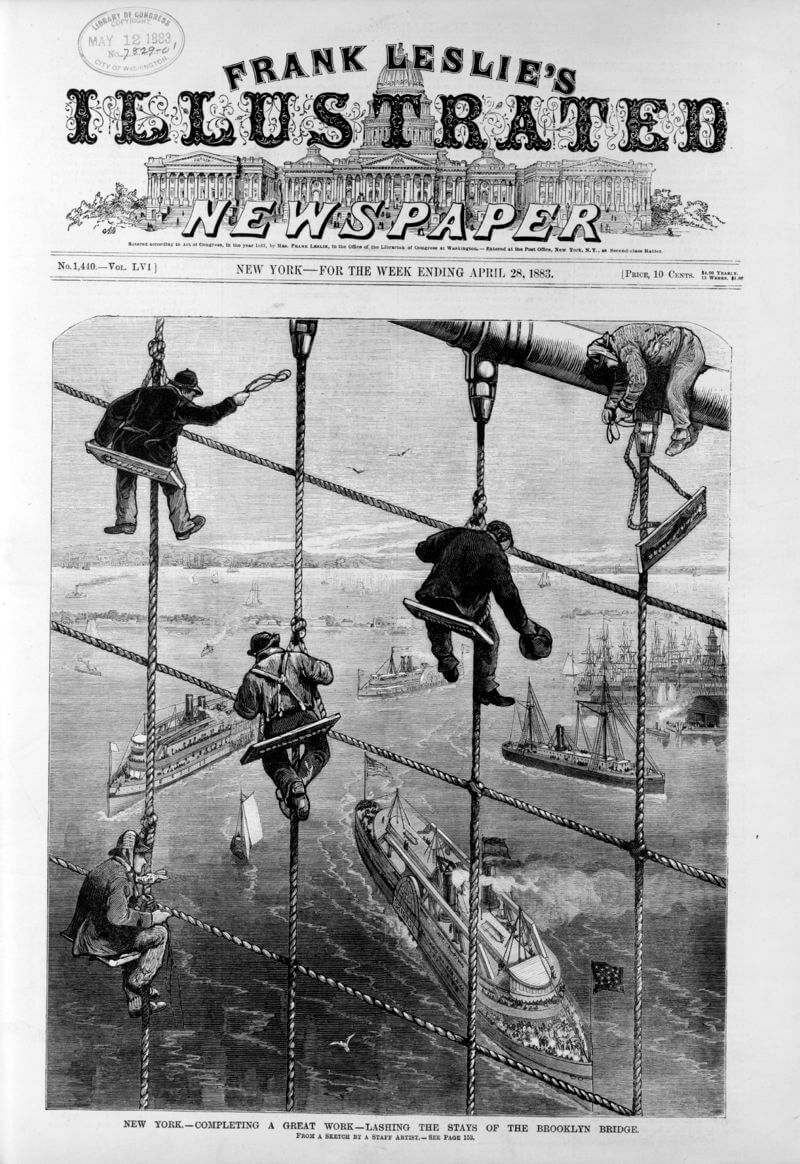
He did this to exhort others to run for safety if they were trapped inside a burning structure. In addition to this, he also wanted fame and money, which added to his motivation for doing the deed. He unfortunately did not make it through the jump.
Instructor of swimming Robert Odlum. He was born in Ogdensburg, New York, on August 31, 1851, and excelled at swimming from a young age. The Odlum family made extensive travels in search of David, Robert’s older brother who perished in the American Civil War. Robert transitioned through numerous residences and occupations. He relocated to Washington in 1878 and started the Natatorium, a swimming school. The school was a huge success, and soon the kids of many well-known Washingtonians enrolled there.
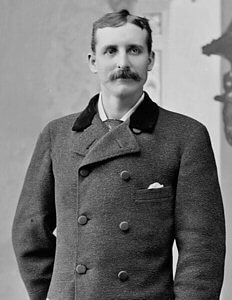
The sons of US President James A. Garfield, the daughter of General William Sherman, and the children of President Rutherford Birchard Hayes were among the students of Odlum, who earned the title of Professor. Thanks to his numerous exploits, including swimming and diving into the Potomac River, jumping off the Occoquan Falls, and swimming from Washington to Marshall Hall, Maryland with his friend Paul Boyton, another water showman and daredevil known as the Fearless Frogman, Robert had become a local celebrity in Washington.
Robert made the decision to shut down the school when the Natatorium started to lose money in 1881. He was able to secure employment at Fort Monroe’s Hygeia Hotel in Hampton, Virginia, as a swimming instructor, but his desire for fame and wealth persisted.
In 1882, Robert sneaked to an incomplete section of the Brooklyn Bridge in order to perform a jump from it. The police stopped him before he could pull off the stunt and returned him to Washington. After three years, he finally accomplished his goal.

Robert returned to New York on May 19, 1885, well-prepared. The NYPD was well aware of his plans because, in the weeks before the incident, word of Robert’s intentions had spread throughout the city. The security on the bridge was tightened, but Odlum was able to divert attention. While he was concealing himself in another vehicle, he sent James Haggart, a friend, to the bridge in a taxi. James pretended to be the jumper while acting as a ruse for the police. Robert exited the car he was hiding in while the police officers were occupied with the fake jumper. He jumped off the bridge at 5:35 p.m. in his swimsuit in front of a crowd of onlookers who were watching from a boat.
Robert dropped into the icy water at a speed of about 60 mph. He slammed his feet and hip into the river’s surface at an angle. The strong wind that was blowing at the time contributed to the jump’s disastrous outcome. When the lifeguard, who Odlum himself had working, was doing nothing at all, Paul Boyton jumped into the water and removed Robert’s body. Robert briefly regained consciousness after being brought to the boat, inquired as to whether the jump was successful, and then fell back to unconsciousness. His mouth began to bleed, and at 6:18 pm he passed away from internal bleeding. His friend called an ambulance, but it did not arrive in time to save his life.
Robert had three broken ribs in addition to a ruptured liver, kidneys, and spleen, according to the coroner. Concussion was determined to be the death’s official cause. In Washington, D.C.’s Mount Olivet Cemetery, Robert was laid to rest.
Robert’s mother charged Paul Boyton with murder after his fatal leap, saying that he convinced Robert to take the risk. The Fearless Frogman wrote an open letter to Mrs. Catherine Odlum that was also printed in The New York Times and denied all responsibility.
“The Life and Adventures of Prof. Robert Emmet Odlum, Containing an Account of his Splendid Natatorium at the National Capital” is a biography of her son that Catherine Odlum published in 1885.
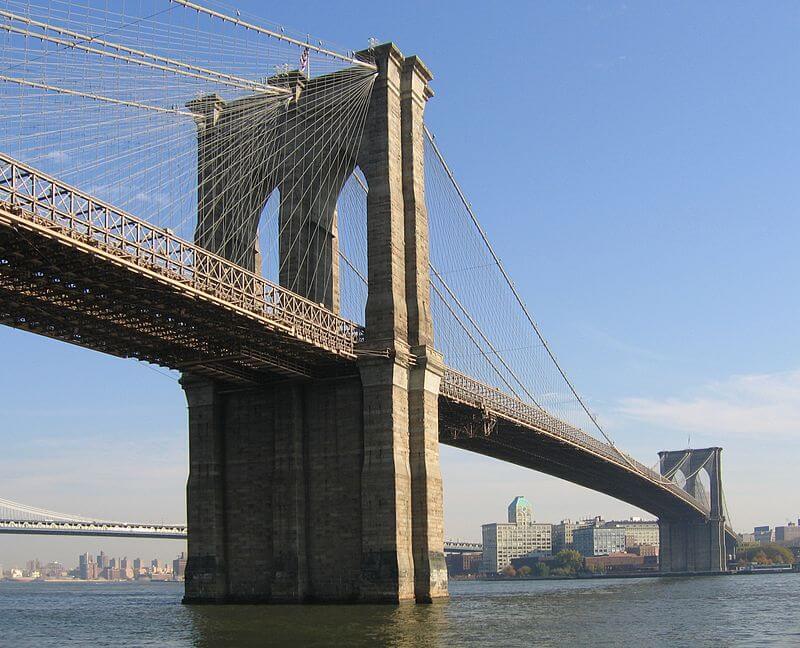
Steve Brodie claimed to be the first person to jump off the Brooklyn Bridge and survive the fall one year after Robert’s passing. Since there were no witnesses, it was claimed that Brodie staged the jump by hurling a dummy from the bridge.
The alleged jump took place on July 23, 1886. The first confirmed survivor of the Brooklyn Bridge leap was Larry Donovan, who made the leap into the East River one month later.

Iranian inmate dies from happiness after finding out he will not be executed
An Iranian man who was convicted of murder reportedly died from happiness after learning that his death sentence was being commuted.

June and Jennifer Gibbons The silent twin who Only Spoke to Each Other
Identical twins June and Jennifer Gibbons were born on 11 April 1963 at a military hospital in Aden, Yemen where their father worked as part of the Royal Air Force.

Roller Coasters were First Invented to Distract People from sin
Roller coasters were invented to distract Americans from sin. In the 1880s, hosiery businessman LaMarcus Thompson didn’t like that Americans were going to places like saloons and brothels and created the first roller coaster on Coney Island to persuade them to go there instead.

Keith Sapsford: The Story of 14-Year-Old Stowaway
The final image of 14-year-old Australian Keith Sapsford, who aspired to travel the world. In February 1970, he sneaked into the wheel-well of a plane flying from Sydney to Tokyo. It opened mid-air & fell out. When a photographer was testing a new lens, he captured this moment on film and was surprised when it developed.

15 interesting facts about Queen Elizabeth II
Queen Elizabeth II, who ruled Britain for 70 years, has away at the age of 96. She was the country's longest-reigning monarch. Here are some little-known facts about her.

3 men lived on top of a billboard in tents for almost 9 months
From 1982-1983, three men in Allentown PA competed in a radio contest in which they lived on top of a billboard in tents. Whoever stayed up longest would win a house. Due to economic pressure from the recession, none of the contestants wanted to give up, so the contest lasted almost 9 months.

D.B. Cooper: Man who hijacked a plane and jumped out with a $200,000
On November 22, 1971, DB Cooper hijacked a Boeing 727, drank a whisky, smoked a fag, and then jumped out of the plane with $200,000. He was never again seen.

A Brief History of the PlayStation Gaming Console
Sony's PlayStation was never meant to be an actual product. Instead, it was intended to be a CD-ROM console that would support Nintendo games. However, when Nintendo backed out of the deal at the last minute, Sony went ahead and launched what soon became one of the most successful gaming consoles of all time.

George Dantzig solved two famous “unsolved” problems in statistics mistakenly as assignment
In 1939, George Dantzig arrived late to his statistics class. On the board were two famous “unsolved” problems in statistics written as an example by his professor. Dantzig mistook the examples for homework assignments. He solved the “unsolved” problems and submitted the homework to his professor a few days later. His solutions earned him a doctorate.

Nicholas Winton ‘British Schindler’: Man who rescued 669 Czech children from Nazis
A man named Nicholas Winton saved 669 kids during WWII and lived almost all his life without letting people know.

The World’s First Seismograph: How Ancient China Detected Earthquakes 1,800 Years Ago
Over 1,800 years ago, long before modern technology, the ancient Chinese astronomer and inventor Zhang Heng created the world’s first seismograph in 132 AD. This ingenious bronze device could detect distant earthquakes by releasing small balls from dragons’ mouths into toads’ mouths—each indicating a different compass direction. Its historic detection of an earthquake 400 miles away astonished the imperial court and transformed the way societies understood and responded to seismic events.

How Dmitri Mendeleev Developed the periodic table of the elements
1850 Dmitri Mendeleev walked almost a thousand miles to Moscow so he could apply for the University of Moscow. Although he was not accepted, he walked to St. Petersburg where he was accepted, And with that education, he developed the the periodic table of the elements

From Flapper to Fashion Week: How 1920s Style Still Shapes Modern Trends
The roaring 1920s revolutionized fashion, introducing bold styles, daring cuts, and a spirit of freedom that still inspires today’s wardrobes. From flapper dresses to statement accessories, here’s how the Jazz Age lives on in modern fashion.

Will & William Wests: The puzzling situation of two inmates who are identical but not related
These are the mugshots of Will West and William West, and they are not related. They were both sent to Leavenworth Prison at the same time, in 1903, and after some confusion, the staff understood they had two different prisoners with the nearly same name, who looked exactly alike. They are part of the reason fingerprints are now used as identification.

The 1814 London beer flood
In 1814, there was a beer flood in London when a tank containing more than 300,000 gallons ruptured in which 8 people drowned.

Atomic Tourism: In the 1950s, nuclear tests in Las Vegas served as a draw for tourists
Between 1950 and 1960, Las Vegas offered “Atomic Tourism” in which guests could watch atomic bombs being tested in the desert as a form of entertainment.

How European Rabbits Took over Australia
In 1859, wealthy settler Thomas Austin released 13 wild rabbits on his Australian estate. By 1920, their population grew to 10 billion.

The Forgotten Story of Semipalatinsk and the Soviet Nuclear Experiments
Between 1949 and 1989, the Semipalatinsk Test Site in Kazakhstan became the primary location for Soviet nuclear weapons tests, exposing millions of unsuspecting villagers to radioactive fallout. Known as the “Polygon of Suffering,” this remote desert witnessed 456 nuclear detonations that caused widespread health crises, birth defects, and generational genetic damage. This article narrates the chilling legacy of Semipalatinsk, unveiling the human cost of Cold War arms development and the ongoing struggle for healing and recognition in Kazakhstan.

Nearest Green, America's first known Black master distiller
Nathan "Nearest" Green was an African-American head stiller who is now more frequently referred to as a master distiller. He was renowned for imparting his distilling knowledge to Jack Daniel, the creator of Jack Daniel's Tennessee whiskey distiller, after Jack Daniel was freed from slavery following the American Civil War.

Why was the Eiffel Tower almost demolished
The Eiffel Tower was intended to be a temporary structure for the World's Fair in 1889, but it was nearly dismantled and sold for scrap metal. It was saved because of its potential use as a radio antenna, and it now serves as a tourist attraction as well as a working broadcast tower.

The true story of Annie Oakley, legendary sharpshooter
Anne Oakley was such a good shooter that she could split a playing card help edge-on, hit dimes thrown into the air, shoot cigarette from her husband's lips, and pierce a playing card thrown into the air before it hit the ground.

What Was the Beast of Gévaudan?
Between 1764 and 1767, a mysterious animal called the Beast of Gévaudan terrorized the French village called Gévaudan. It attacked and killed about 100 adults and children. While most believe it was a wolf, some say it may have been a wolf-dog hybrid, hyena or even a lion, but without any genetic evidence, the beast will remain a mystery forever.

Inside The Mysterious Death Of The Famed Gothic Writer Edgar Allan Poe
Hours before his death Edgar Allen Poe was found on the streets of Baltimore. He was incoherent, wearing another man’s clothes, and unable to explain how he got there. The cause of his death is an unsolved mystery.

10 world’s most destructive and dangerous volcanic eruptions in history
Volcanic eruptions can devastate cities, change the world's atmosphere, and devastate economic systems. They can create molten lava rivers, mudslides, suffocating ash, and poisonous gases that cause chaos around the world for years. A volcanic explosion's effects can be massive, from its size to its death toll to its economic cost. Here is ten world’s most destructive and dangerous volcanic eruptions in history.

Reason Behind The Suicide Of Christine Chubbuck Live On Air
Actor Rebecca Hall had serious reservations about tackling the macabre story around why Chubbuck killed herself in 1974. So what changed her mind?


